Shenzhen was the first city in the world elektrobosna
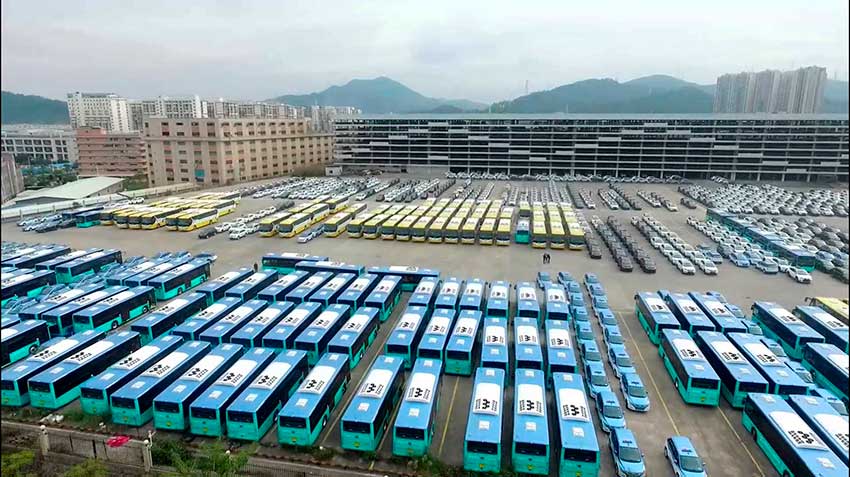
The satellite town of Hong Kong set a world record for the electrification of the bus fleet

The public transport authority 12 million of Shenzhen (a city of sub values in South China's Guangdong province in the "Pearl river Delta" – the point of economic growth across China) and a Chinese satellite of Hong Kong) reported that since 27 December 2017 has completely passed to use in your urban bus fleet exclusively of buses. From now on, no diesel municipal bus dares to pollute the atmosphere of this metropolis.

Shenzhen city hall has reported that the reform of transport took place in a pre-defined period, after which a fleet of 16 359 machines (all brands BYD) is fully transferred to electric.
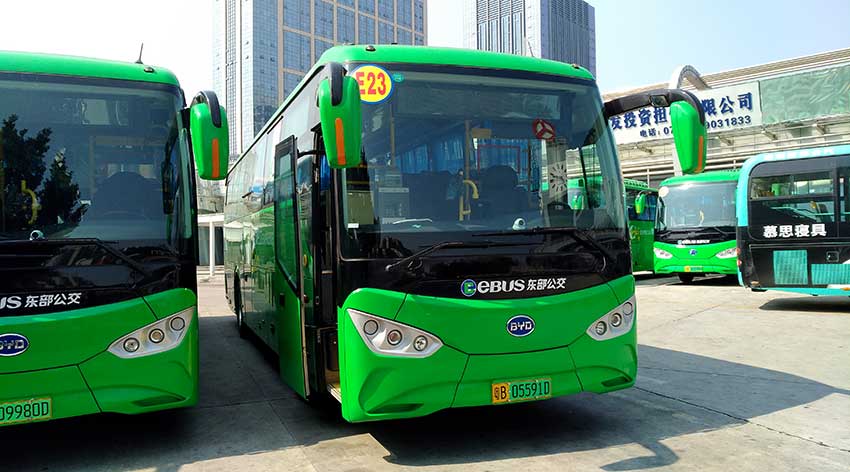
Thus, in fact, set a world record. After all, even if you add the five largest North American elektrobosna parks (in new York, the County of Los Angeles, new Jersey, commuter transit, Chicago and Toronto), their total number will be less than the current passenger electrospark Shenzhen.

Shenzhen metropolis in addition to number (fifth in the world in population growth) is considered the Silicon valley of China. Here based representation of the largest Internet companies, there are many startups. In addition, it was located here and the headquarters of BYD, the largest Chinese manufacturer of electric accumulators and electric.

The path to full "electromecanical" began in 2009, when Shenzhen was among the 13 pilot cities for the introduction of vehicles "new energy".
Shenzhen has consistently insisted on electrifying its bus and taxi fleets. At the final stage of the reform in 2017, the city has provided grants totaling ¥3.3 billion ($490 million) for the purchase of electric buses and chargers for them.
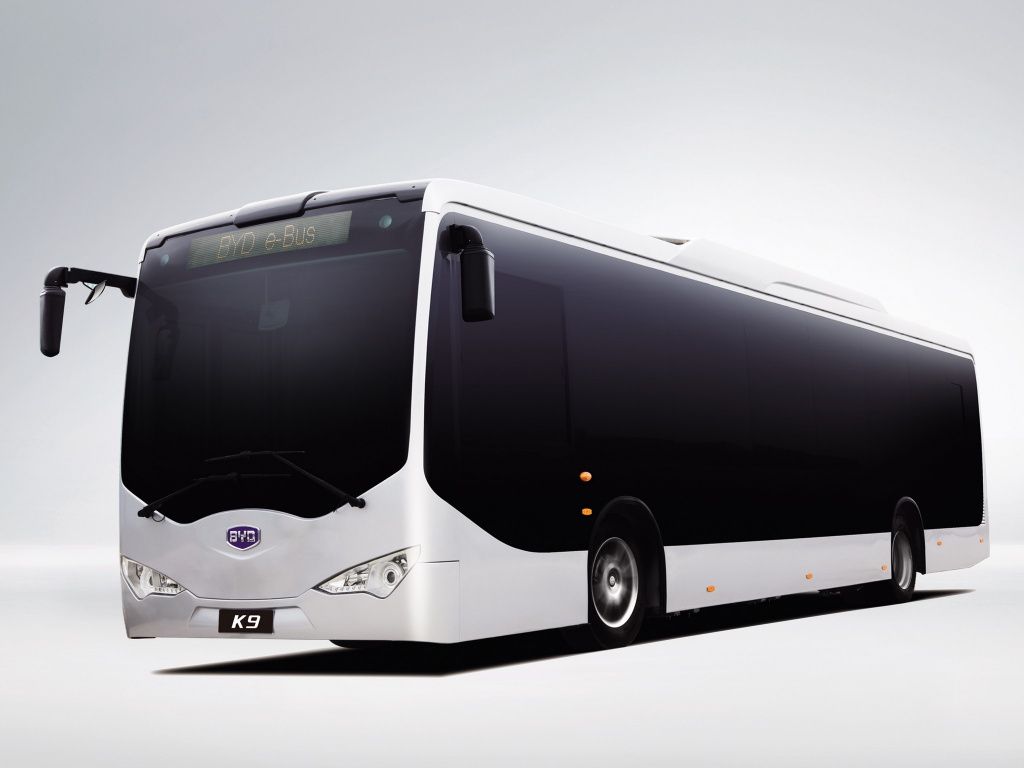
Naturally, for such an extensive fleet of buses required and the appropriate infrastructure. Today in Shenzhen operates a network of 510 charging stations with 8 thousand individual posts, i.e. one stage can be meet practically every second bus. Charging the battery takes about 2 hours, the day a station can "refuel" up to 300 cars on electric.
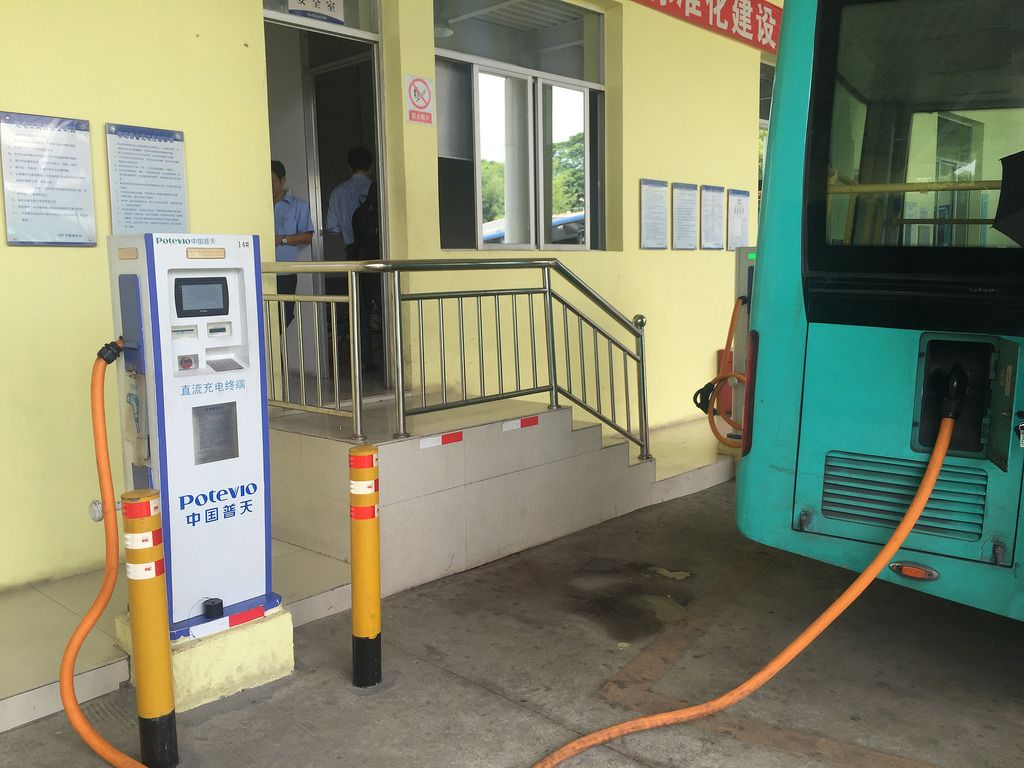
The current buses save 72.9% of energy compared to conventional diesel buses on the circle bus Park Shenzhen saves annually about 345 thousand tons of fuel per year, but, more importantly, reduces CO2 emissions by 1.35 million tons
In addition, taxis (model BYD e6) save in a year and about 116 tons of fuel and reduce CO2 emissions by 453,9 thousand.
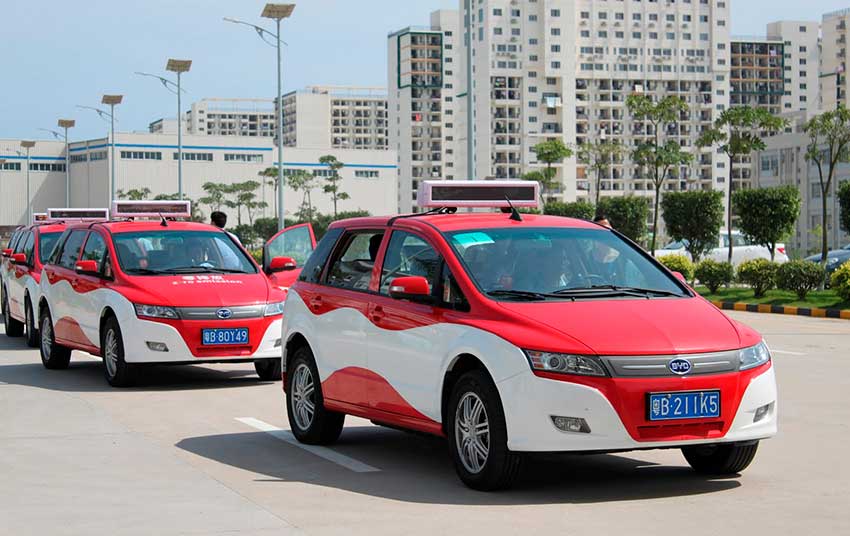
But even such an ambitious project as Shenzhen is only a certain part of the NPC programme of electrification of the bus fleet. The market for electric buses in China in 2016 was over 115 thousand electric buses, but in 2017 decreased by 23% because of falling subsidies.
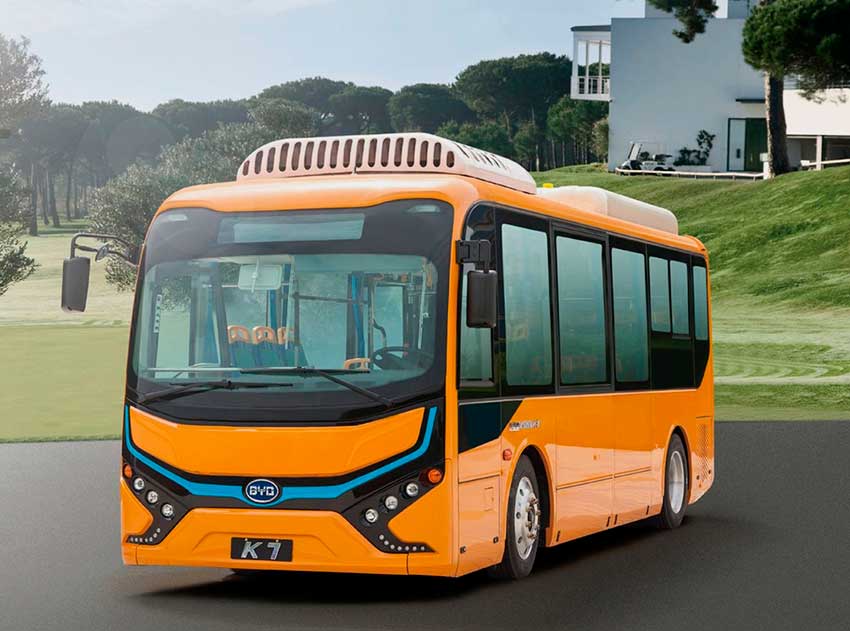
Becoming the first major city with an all-electric fleet of public transport, Shenzhen in addition to a well-deserved international recognition became a pioneer of this direction of urbanization and for the whole of China. So, in 2018-2020 many more cities of China, following his example, also firmly intend to convert its public transport on clean basis..
|
|
|








